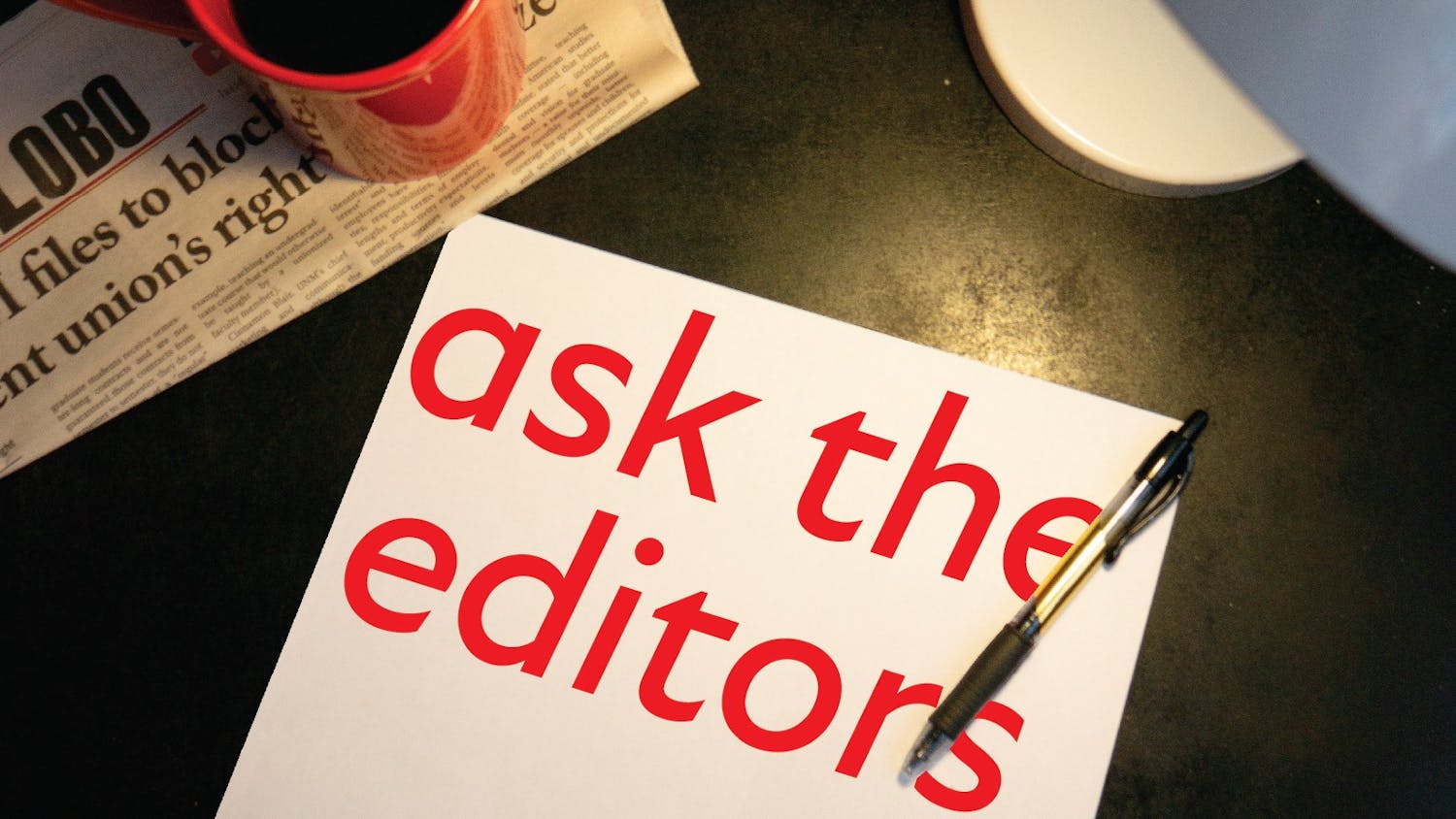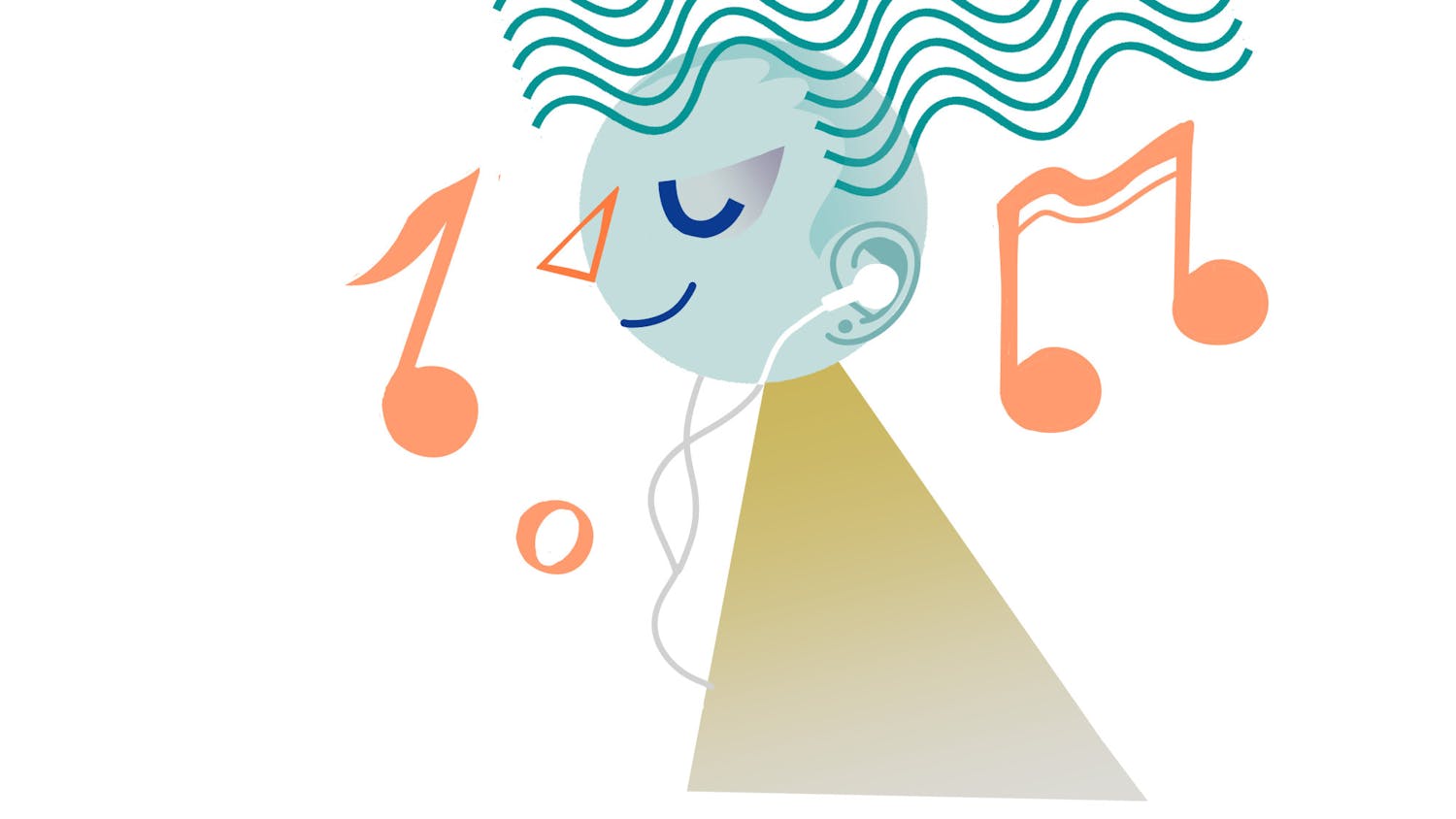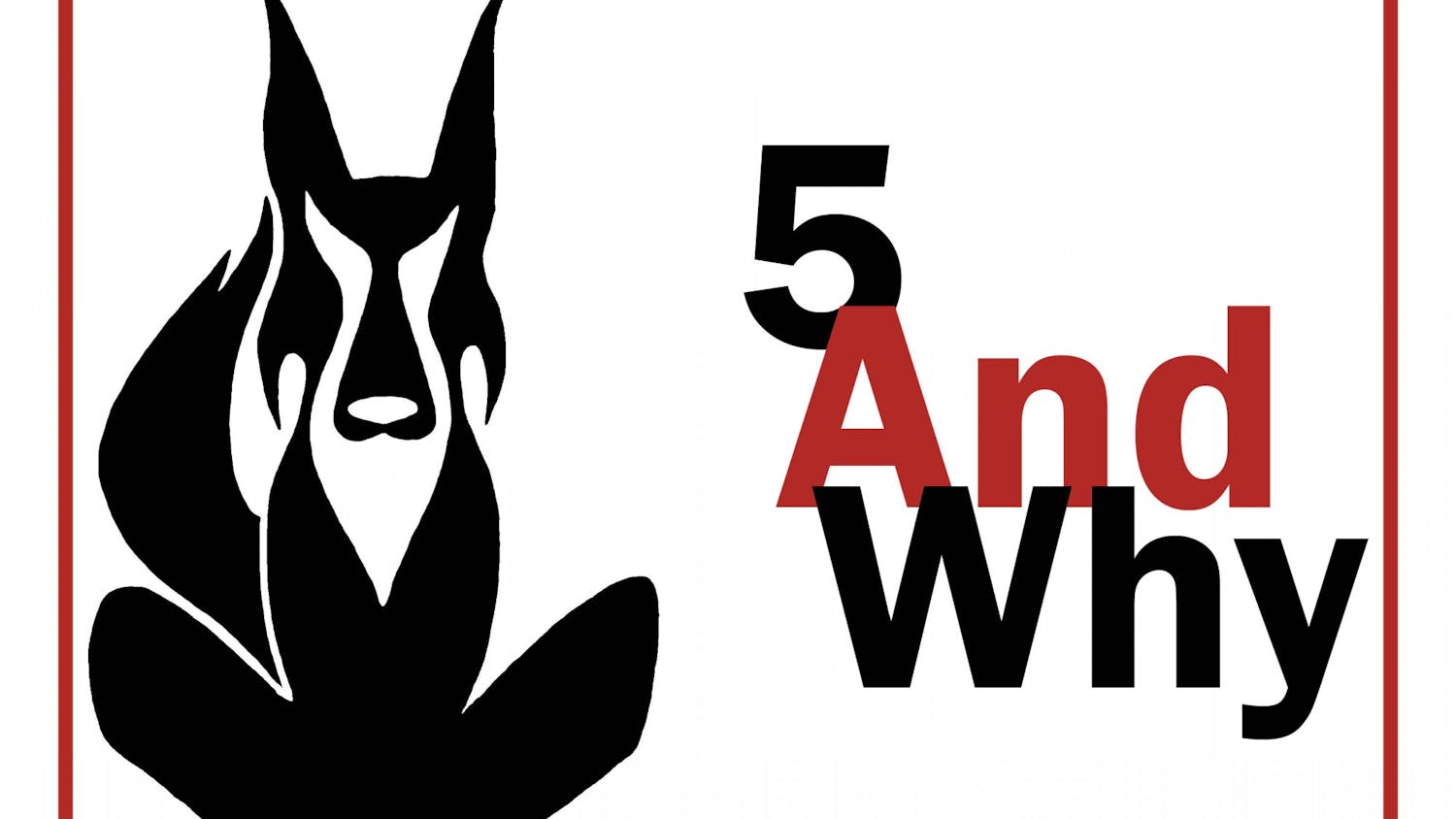When you get a headache, where does it hurt?
Yes, I know, in your head.
I mean where in your head? Front, back, sides, all over? The location of a headache can help determine the cause. In turn, this can help you figure out what to do about it. Here are some classic locations and their matching headaches.
Front of the head
Pain in the middle of the forehead, between the eyes, and/or behind the cheekbones might be a sinus headache. Sinuses are cavities, like caves, in the skull lined with mucous-secreting tissue. Each cave has a doorway into your upper nasal passages. When you have a cold or allergies, the lining of the sinuses swells up. This can block off the openings. Mucous produced by your cold or allergies helps seal the deal. A closed sinus creates negative pressure and that hurts.
To treat a sinus headache, try clearing out the mucous with a sinus rinse with a neti pot or sinus squeeze bottle. An over-the-counter decongestant nasal spray will open them right up, but be careful. Those sprays are so effective they cause damage if you use them for more than a few days, and as you well know, the response to injury is swelling. Now you have swollen closed sinuses again. This can get you in a rebound cycle and really mess up your nose. Other remedies are antihistamine nasal sprays, now available over the counter, decongestant pills or antihistamine pills.
Eye strain can also cause pain in the front of the head, forehead and between the eyes. Staring too long at anything, like a book or a screen, can contribute to this. Your eyes have muscles and like any other muscles they can fatigue or cramp. Give them a stretch by rolling your eyes around and change your focus from time to time.
Back of the head
Tension headaches often start at the back of the head, down low where the neck meets the head. The pain then often moves up to the temples or sides of the head. These are called tension headaches because they are caused by physical muscle tension. The neck has muscles that hold up your head and attach to your shoulders as well, so anything that causes tension in the upper back or shoulders can create a tension headache. Emotional and mental stress also contributes. This kind of headache often starts in the afternoon. Neck injuries put you at risk, as do activities that involve unnatural neck positions like cycling.
Because this headache comes from muscle tension, attention to muscle can help relieve it. Stretch, move, get a massage. Find ways to ease your mental stress. Exercise, find a friend, sit in the sun. Or take a pill. Acetaminophen, aspirin, ibuprofen and naproxen are all effective. Just don’t take too many or become dependent on them. Overuse of these common medicines can cause damage to your internal organs.
Near the ears
Pain in jaws and temples might be caused by TMJ syndrome, which is dysfunction in the jaw joint caused by an uneven bite or clenching of the teeth. Relaxation and stretching exercises can help this, as might a bite guard worn during sleep. Your dentist can help.
Get content from The Daily Lobo delivered to your inbox
All over
Sometimes it just hurts all over, or you can’t exactly tell where it hurts. One possible cause of this is dehydration. Have you had enough water to drink today? I recommend that you carry a water bottle with you and drink a couple quarts a day. Global headaches can also be caused by viruses, as part of a cold or other illness.
One side
A migraine is a special kind of headache that involves constriction of arteries in the head, followed by dilation. It may be preceded by warning symptoms like visual disturbances in the form of flashing lights or wavy lines, and once the headache hits, it is a severe throbbing pain often only on one side of the head, and often accompanied by nausea, light sensitivity and sound sensitivity. These headaches often run in families, and they are so distinctive that sufferers have their own name: migraineurs. As any migraineur will tell you, often the best cure for a migraine is sleep. If that isn’t possible, caffeine can help because it constricts the blood vessels that are dilated and pounding. Pain relievers can help, and there are special migraine medicines by prescription.
I’d be remiss if I didn’t mention brain tumors, everyone’s worst fear when it comes to headaches. This is very rare compared to all the other causes of headache I discussed above, but it does happen. For this reason, and because all those other kinds of headaches can really cramp your style, if you have headaches that are severe or persistent and don’t respond to simple measures, please make an appointment at SHAC. Call 277-3136.





